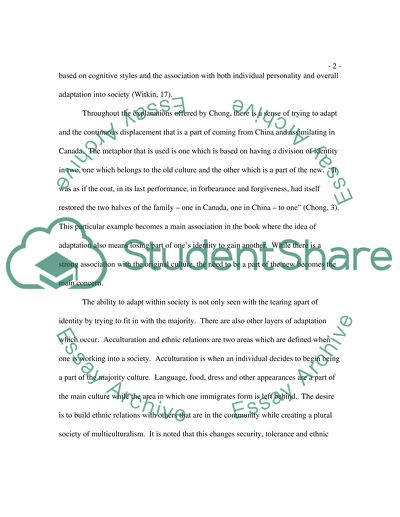Cite this document
(“Analysis of The Concubine's Children by Denise Chong Research Paper”, n.d.)
Retrieved from https://studentshare.org/family-consumer-science/1408471-analysis-of-the-concubine-s-children-by-denise
Retrieved from https://studentshare.org/family-consumer-science/1408471-analysis-of-the-concubine-s-children-by-denise
(Analysis of The Concubine'S Children by Denise Chong Research Paper)
https://studentshare.org/family-consumer-science/1408471-analysis-of-the-concubine-s-children-by-denise.
https://studentshare.org/family-consumer-science/1408471-analysis-of-the-concubine-s-children-by-denise.
“Analysis of The Concubine'S Children by Denise Chong Research Paper”, n.d. https://studentshare.org/family-consumer-science/1408471-analysis-of-the-concubine-s-children-by-denise.


